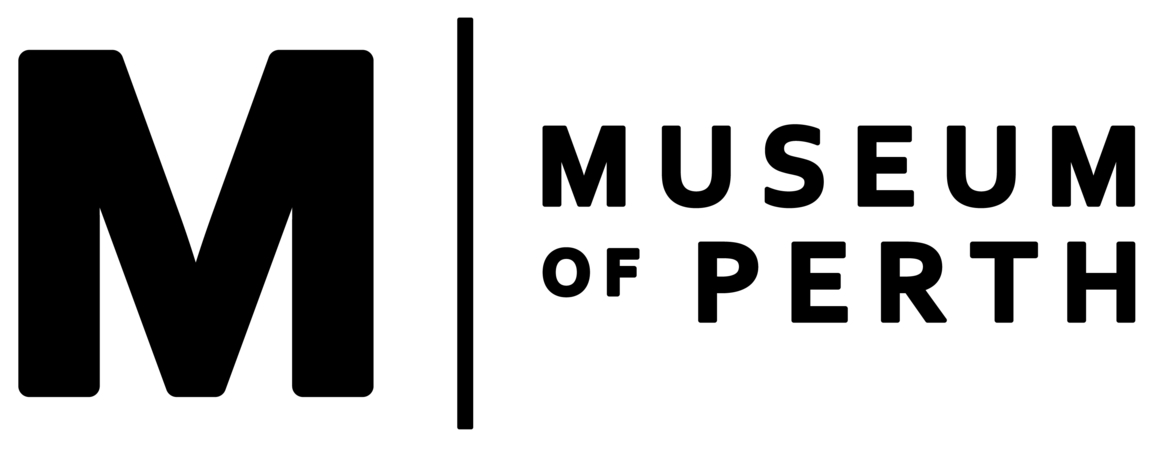Weitch-Rutta
Weich-Rutta
Description & Location
Weitch-Rutta is varyingly said to have been both a traditional ‘fighting ground’ and a place where ‘corroborees were held’ prior to the area being reclaimed as Wellington Square.
The northern portion of today’s parkland overlays a section of a previously resource rich swamp. This swamp was part of a chain of freshwater lakes, swamps, and wetlands that extended north of Perth beyond the bilya (Swan River). Together, this biome provided a variety of food sources to Noongar people who lived off the water birds, kooya (frogs), gilgies (freshwater crayfish), yakan (turtles) and plant foods, such as bulrushes, that flourished in the swamps.
The site may well have been associated with the presence of emus, weitch or waj being the Noongar word for the bird.
There is also speculation that the square and near vicinity was at one time a Noongar burial ground, after the skeleton of an adult male was unearthed during excavation activities in the early 1940s.
Today, both the Noongar and the wider Aboriginal community maintain strong connections to this area, as a focus for family and social gatherings, as well as a venue for sporting and celebratory events.
References
City of Perth. (July 2017). Report on a Cultural Heritage Assessment of Wellington Square, East Perth, WA, p.19-25. Retrieved from https://engage.perth.wa.gov.au/23713/documents/61909.
State Library of NSW. (1899). Box 5 Folder 1: Western Australian Place Names, 1899-1903, p. 28.
State Records Office of WA. Cons430. 1942/992. Recovery of human bones, Wellington Square, East perth on 17/02 1942.
State Records Office of WA. Cons993. 1948/0150. List of native names for naming farms etc., p. 149.
State Records Office of WA. Cons1496. 1932/0740. List of Aboriginal words showing translation.
Perth looking north-east from the Town Hall tower towards Weitch-Rutta (Wellington Square), State Library of Western Australia, BA1815/1

